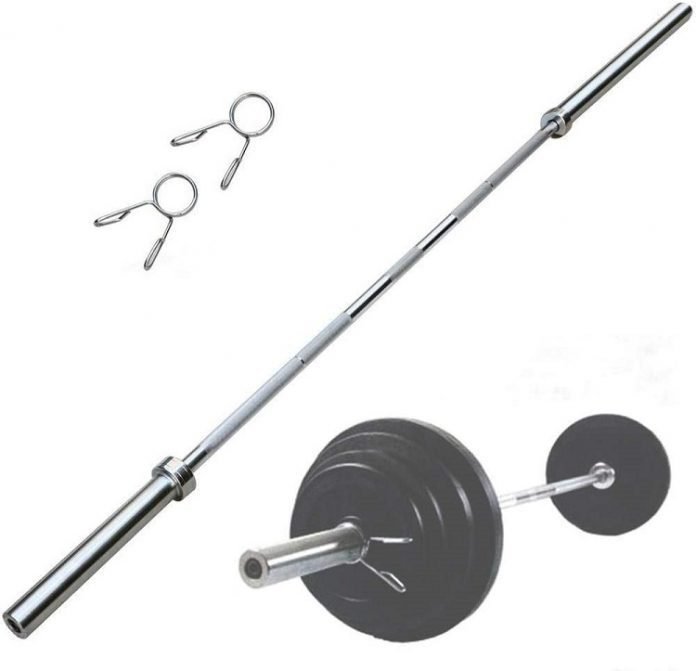Last Updated on July 14, 2024 by Asfa Rasheed
When you think about it, gripping a barbell isn’t rocket science. It’s something that you do without even thinking twice—even though you should be. You’ve probably been regularly doing the same grip for your entire weightlifting career, and while it’s good to have your comfort zone and be confident in your abilities, variety is the spice of life! There are several different ways to grip a barbell, and each variation serves its own purpose to help you get the most out of your workouts and activate different muscles.
In this article, we’re going to dive into some of the differences between various Barbell grips and how they can impact your strength training.
Table of Contents
What exactly is a barbell?
First things first: what exactly is a barbell? A barbell is typically a metal bar with weight plates on either end that people use to do exercises like deadlifts, squats, rows, presses, curls, and more. The barbell can come in different lengths (typically 5-7 ft.) and diameters (the standard is 1 inch), making it easier for smaller people or those who are just starting their lifting journeys to reduce the weight on either end of the bar by using lighter plates.
Different Types of Barbell Grips
Overhand grip
This is the grip that most people picture when they think of someone lifting – palms facing the body, thumb wrapped around the bar. Although you’re never sure where your biceps will fit in the grand scheme of things (up, down, back, front – they’re so unpredictable!) The standard overhand grip works well for most pressing movements and many rows.
Underhand grip
The underhand grip is where the palm of each hand faces away from the body. The thumb is engaged, but the palms face away from the body. You’re probably used to performing barbell curls with an underhand grip (so your palms face up). But you’re missing out on a lot of lifting potential by using this type of grip only for that exercise: Rows, hammer curls, and pull-ups are also great exercises to add a supine grip to your weight lifting workout.
Mixed grip
If you’ve hit a rut in your lifting, consider switching things up with the “mixed grip.” One combination of the first two variations grips the bar overhand, while the other grips underhand. While it can help you get more weight up, some experts warn that this technique can also be dangerous if you’re not careful. If you’re an experienced lifter, this grip is an option for shrug or deadlift variations if you take care not to engage your biceps overly.




















